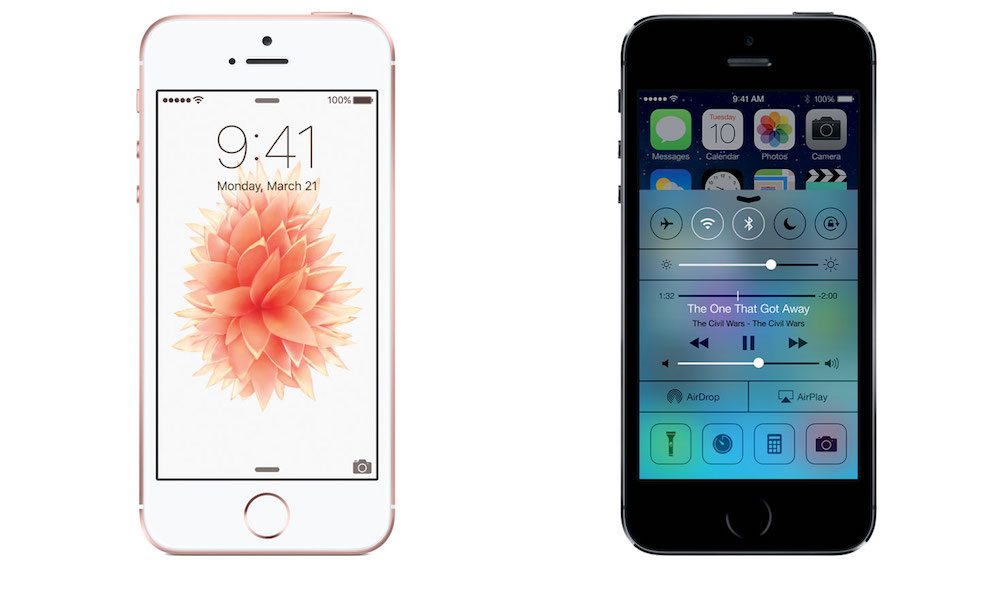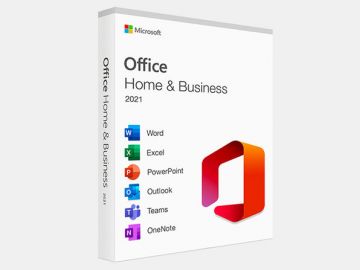iPhone SE vs. iPhone 6s vs. iPhone 5s Comprehensive Comparison – Which Is Right for You?

Toggle Dark Mode
On March 21st, Apple finally unveiled their newest addition to the iPhone line – the iPhone SE. The new 4-inch device had been making the rounds in the rumor mill for over a year – first known as the iPhone 6c, then the iPhone 5SE, then simply the iPhone SE. During the release event, Apple’s Greg Joswiak claimed that their 4-inch iPhones are an important part of their lineup, with 30 million 4-inch iPhone sold in 2015.
He noted that some customers had “pleaded” with Apple to keep 4-inch products in their lineup. To appease these users that had been clamoring for a new 4-inch phone, as well as to offer a more affordable smartphone for budget-conscious users and users in emerging markets, Apple released their first 4-inch phone since 2013. Let’s see how it stacks up against the other phones in Apple’s lineup.
Price
iPhone SE |
iPhone 6s |
iPhone 5s |
|
|
|
The brand new iPhone SE is the cheapest phone in Apple’s lineup. It is noticeably cheaper than the iPhone 6s, and with all new hardware, is even cheaper than the iPhone 5s was before Apple officially introduced the iPhone SE. Note:*Price before iPhone SE release
Display
iPhone SE |
iPhone 6s |
iPhone 5s |
|
|
|
Obviously, the first different between the phones is the size of the screen. The iPhone 6s is noticeably larger at 4.7-inches – but it also packs in a higher resolution and better contrast ratio than the other two phones. The iPhone SE has retained the screen resolution of the iPhone 5s, but it doesn’t quite match up with the 6s. Users can expect a tad brighter, cleaner image on the iPhone 6s than on the SE – better for watching videos, etc. It should also be noted that the iPhone 6s display features 3D Touch technology, which isn’t present in the iPhone SE or the iPhone 5s.
Processor, Storage, RAM
iPhone SE |
iPhone 6s |
iPhone 5s |
|
|
|
The iPhone 6s and the new iPhone SE share identical processors and motion coprocessors with Apple’s A9 chip and M9 motion coprocessor. The iPhone 5s, however, lags two generations behind with the A7 chip and M7 motion coprocessor. Add in the fact that the SE and 6s have double the RAM of the iPhone 5s, and users will notice a significant performance upgrade with the newer devices. Everything from opening apps to browsing the web to playing games will be smoother and snappier than on the older device.
The iPhone SE eliminates the 32GB and 128GB storage options in comparison to the 6s and 5s. While some people may mourn the loss of the 32GB option, it should be noted that the iPhone SE’s 64GB option has the same price tag as the 32GB model iPhone 5s did before the SE was officially introduced – all the upgraded hardware, plus 16GB of extra storage for the same price. The 128GB option is nice for power users (who would likely prefer the larger screen of the 6s anyway), but with many photos and videos being stored in the cloud nowadays, the 64GB option should be just fine for the average iPhone user, and would be quite the upgrade for current 5s users with 16GB or 32GB models.
Battery
iPhone SE |
iPhone 6s |
iPhone 5s |
|
|
|
Apple’s new iPhone SE should provide better battery performance than both the iPhone 6s and the iPhone 5s. Although the larger 6s battery is rated for more milliamp hours (mAh) than the iPhone SE, the smaller form factor uses less energy than the larger phone. And the more efficient A9 chip combined with higher mAh gives both the SE and the 6s better overall battery performance than the older 5s.
Camera
iPhone SE |
iPhone 6s |
iPhone 5s |
|
|
|
|
|
|
The iPhone SE’s rear camera offers pretty much the same specifications as the iPhone 6s. Both feature 12-megpixel iSight camera, capable of 4k video recording, support for Live Photos, and slow-motion videos at 240fps. Either selection would offer noticeably better photo/video performance over the outdated 8-megapixel iPhone 5s camera, which doesn’t record in 4k, has worse slow-motion performance, and doesn’t support Live Photos.
If you’re a big fan of taking selfies, the iPhone 6s would be the best option for you, with a 5-megapixel front-facing camera. The iPhone SE offers similar front-facing camera specs to the iPhone 5s, but adds the Retina Flash feature, allowing you to take selfies in the dark. The iPhone 6s is the clear winner in this category, but for most people, the 1.2-megapixel camera in the iPhone SE wouldn’t be a deal breaker.
Overall
Although the iPhone 6s outperforms the iPhone SE in display and front-facing camera specifications as well as 3D Touch, the SE will offer better battery life, and everything else is roughly the same. Overall, both phones should perform very similarly, and both will outperform the 5s in every area.
While iPhone 5s users should definitely upgrade to one of the two phones, which one will more than likely boil down to preference. For 5s users who have been holding out on upgrading because they aren’t crazy about the larger 4.7-inch form factor, the hardware upgrades as well as support for Live Photos and Apple Pay in the iPhone SE will be a godsend, and budget-conscious users will definitely appreciate the price tag. However, iPhone 6 and 6s users who have gotten used to the larger size may have a hard time going back to the smaller form factor.
The iPhone SE is available now for pre-order at Apple’s online store. Phones will ship out to pre-orders, and will be available in retail stores on March 31st.
Learn More: How to Create Password-Protected Notes with Touch ID in iOS 9.3








